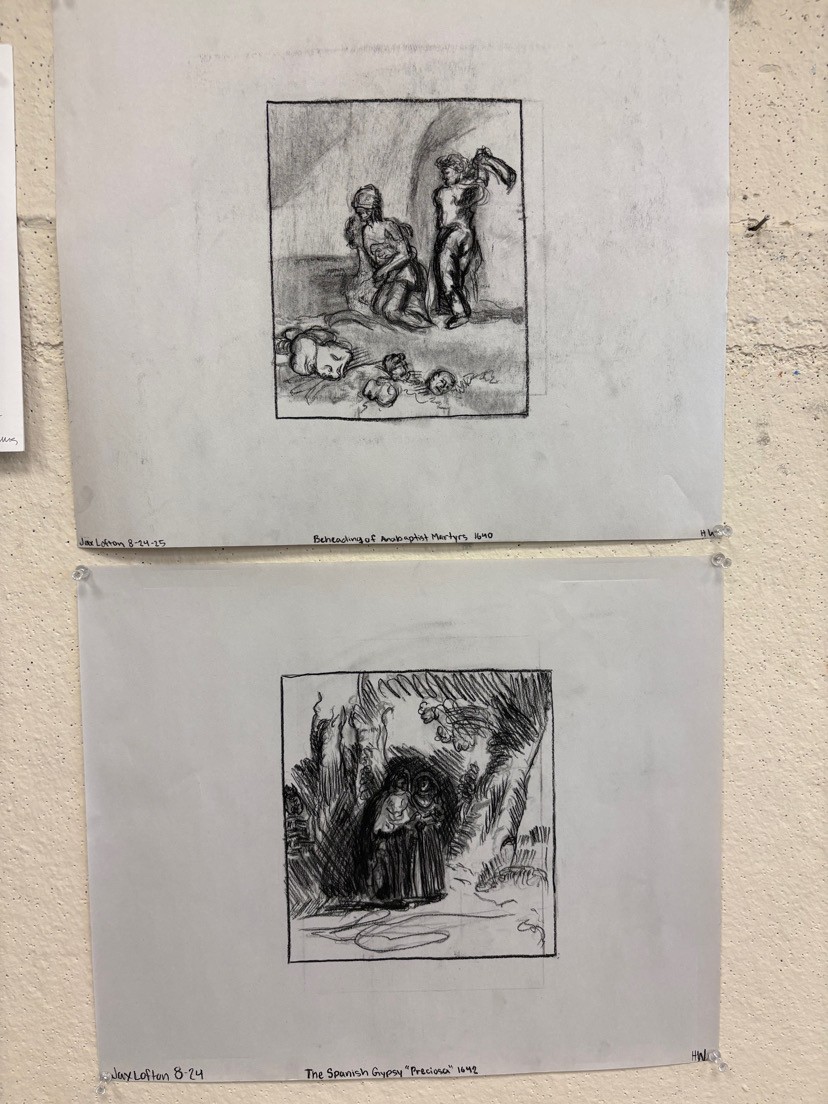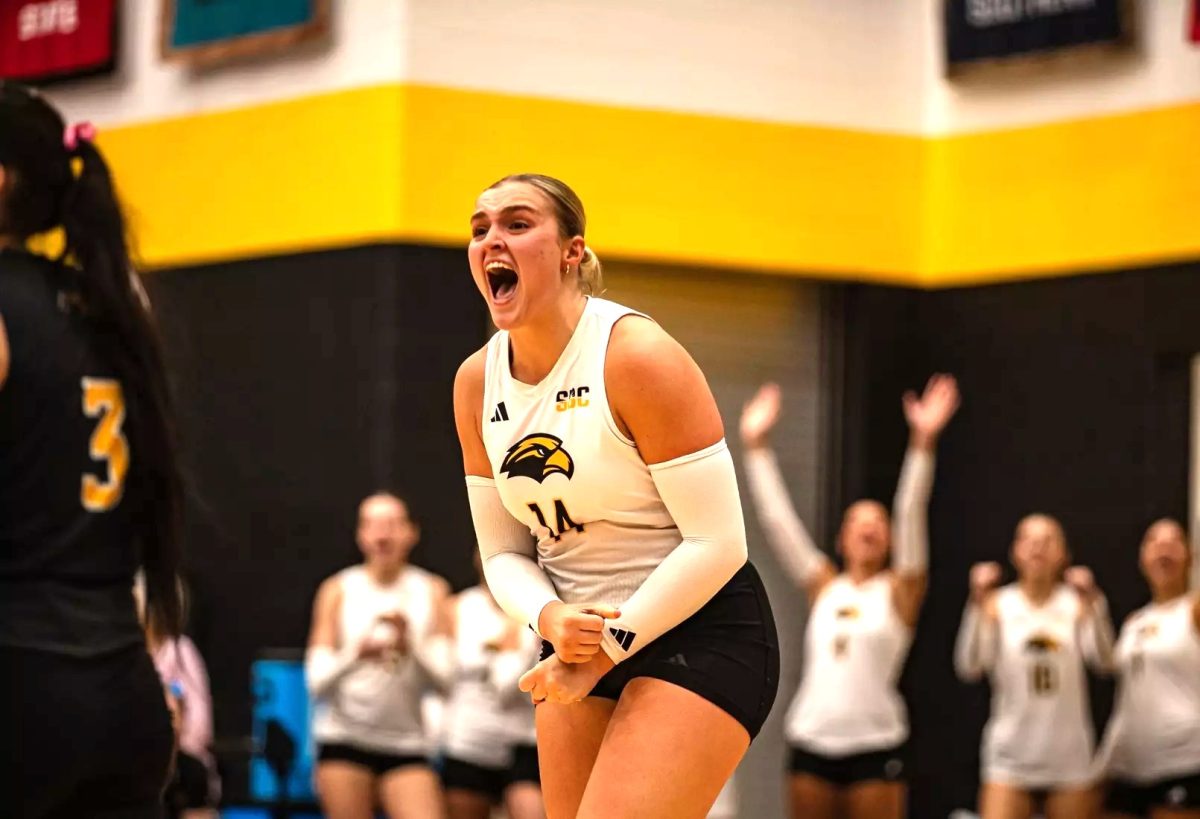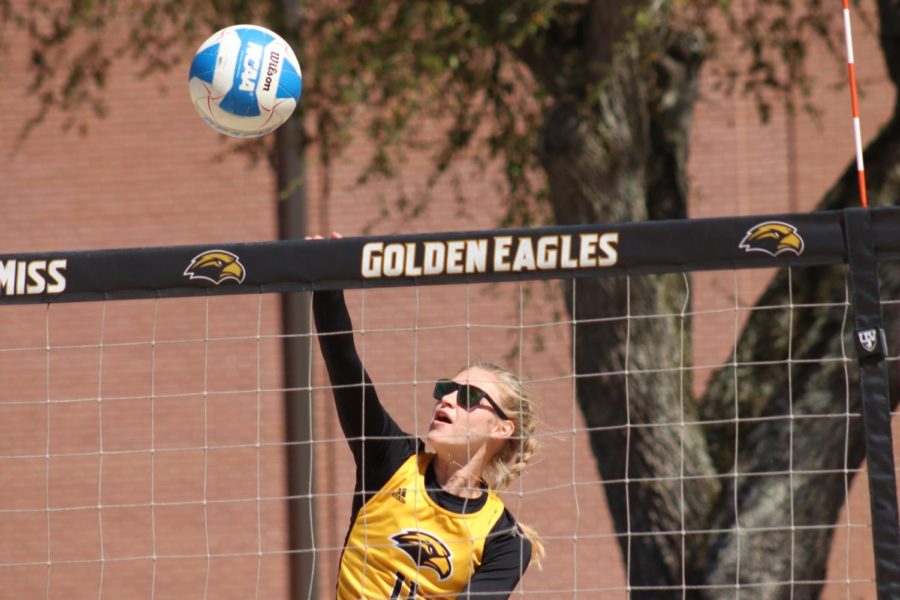“A photographer once told me that if you get arrested, you can’t take a picture,” said freelance photographer and photojournalist Jonathan Bachman.
On July 9, 2016, amid the riots in Baton Rouge over the death of African- American man Alton Sterling, who was shot by police in the parking lot of a Triple S Food Mart, Morristown, New Jersey native Bachman used this advice to capture a photo that several media sources call “iconic.”
Bachman said the image was being compared to “Kent State,” “Tiananmen Square” and “Fire Child” – photos which he grew up admiring.
“It was very fast – it happened in a matter of seconds,” Bachman said. “This was her stand, and she wasn’t moving. They were going to have to come get her. She stood there and accepted that they were going to have to come get here.”
Bachman captured a photograph of Pennsylvania school teacher Ieshia Evans showing a peaceful demeanor while being detained by aggressively posed Baton Rouge police who donned full riot gear. The photo spread on social media and garnered national attention overnight.
“After that day [of the protest], I took the day off and slept in,” Bachman said. “I woke up the next day around 10 [or] 10:30 a.m. I woke up to about 35 voicemails and 70 missed calls, more than 100 text messages – CNN had called my mom to get in touch with me.”
Bachman visited The University of Southern Mississippi on Nov. 22 to recount his experience photographing the protests in Baton Rouge and tell the story behind the image. Students, faculty and staff crowded into a College Hall classroom to hear Bachman’s retelling of the Baton Rouge events, Evans’ role in the photo that captured a nation in the wake of civil rights unrest and how he became a freelance photographer.
Bachman said the photo resonates with what is going on in today’s culture and the amount of civil unrest.
“People I have met and talked to said, ‘We’ve been trying to tell you this for years,’” Bachman said. “You could tell by their faces. There was an incredible amount of frustration.”
USM alumnus and photojournalist Courtland Wells asked Bachman how to keep situational awareness and how to single out these moments when photographing.
Bachman said instincts take over and that sometimes it’s luck but mostly preparation.
“When I was learning photography, I tried to photograph everyday – even if it was sunsets or cars going by and practicing panning,” Bachman said. “I was listening to my surroundings. I would try to go to an event that the Times-Picayune was covering. I would compare my images to what they got.”
Bachman said his interest in photography began when he was a child.
“I just was that kid,” Bachman said. “My dad had a video camera. I’ve always loved photography. My parents got me a camera for Christmas when I was eight years old.”
Mass Communication and Journalism Professor Chris Campbell said he thinks the image is “awesome.”
“I’ll be surprised if it doesn’t win a Pulitzer Prize,” Campbell said. “I think it’s a powerful image. It’s a testament to the power of photojournalism.”
Bachman said when he makes an image, he wants to make a story of what is happening in that moment.
“My job is done when I feel satisfied with capturing what’s being said in that exact moment,” Bachman said. “I almost feel like what happens afterwards is out of my hands. It’s up to individuals to decipher the image’s meaning. That’s what I love the most.”
Wells said that Bachman’s photo is beautiful, and captures the essence of police brutality in America.
“The law enforcement sweeping in in full riot gear towards this woman in a dress standing peacefully posing no threat to anyone simply expressing her beliefs,” Wells said. “I’m not sure if it is iconic, but it is a beautiful image that tells a story. I think time will tell if this image is truly iconic. It is a stand out image through and through.”

























